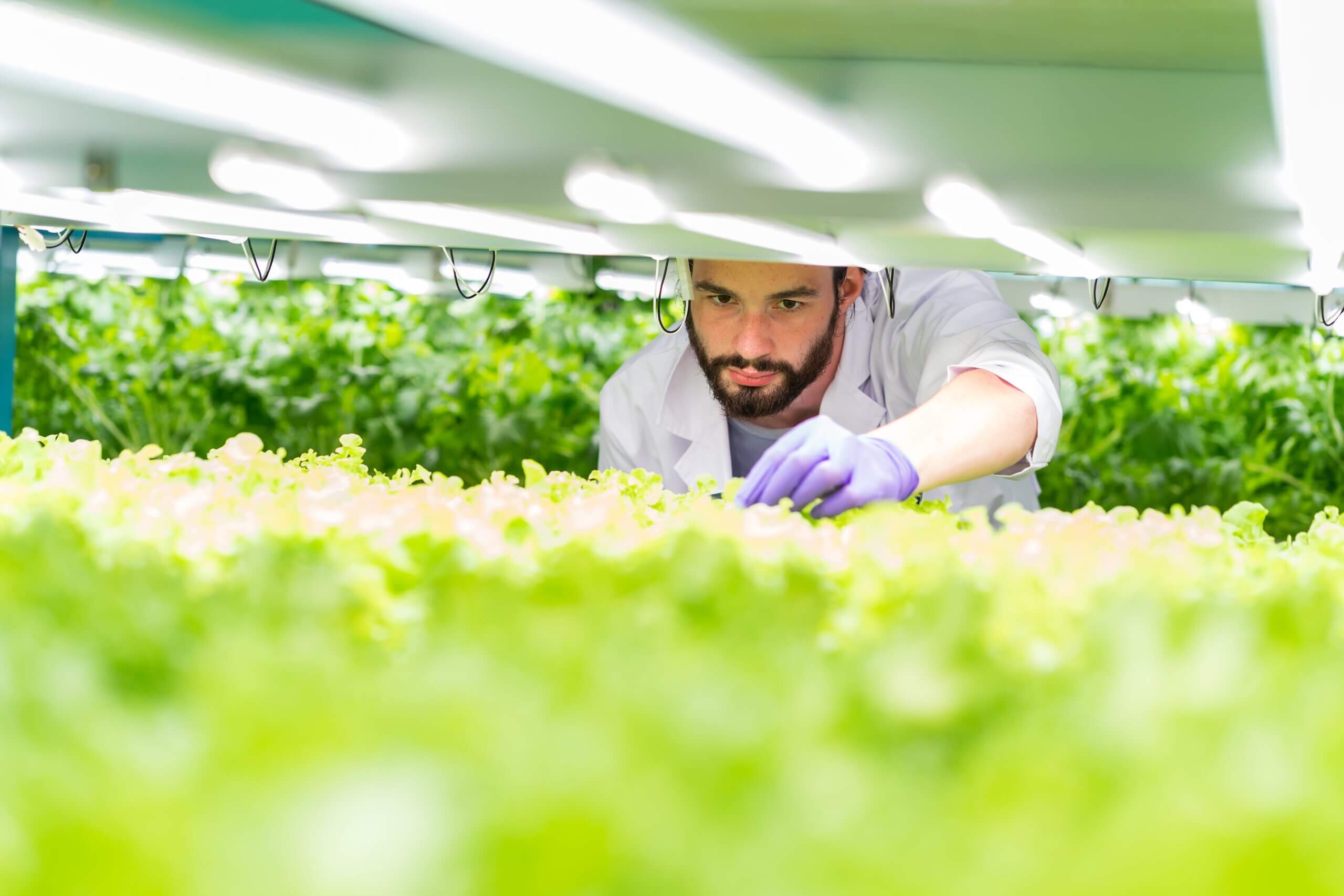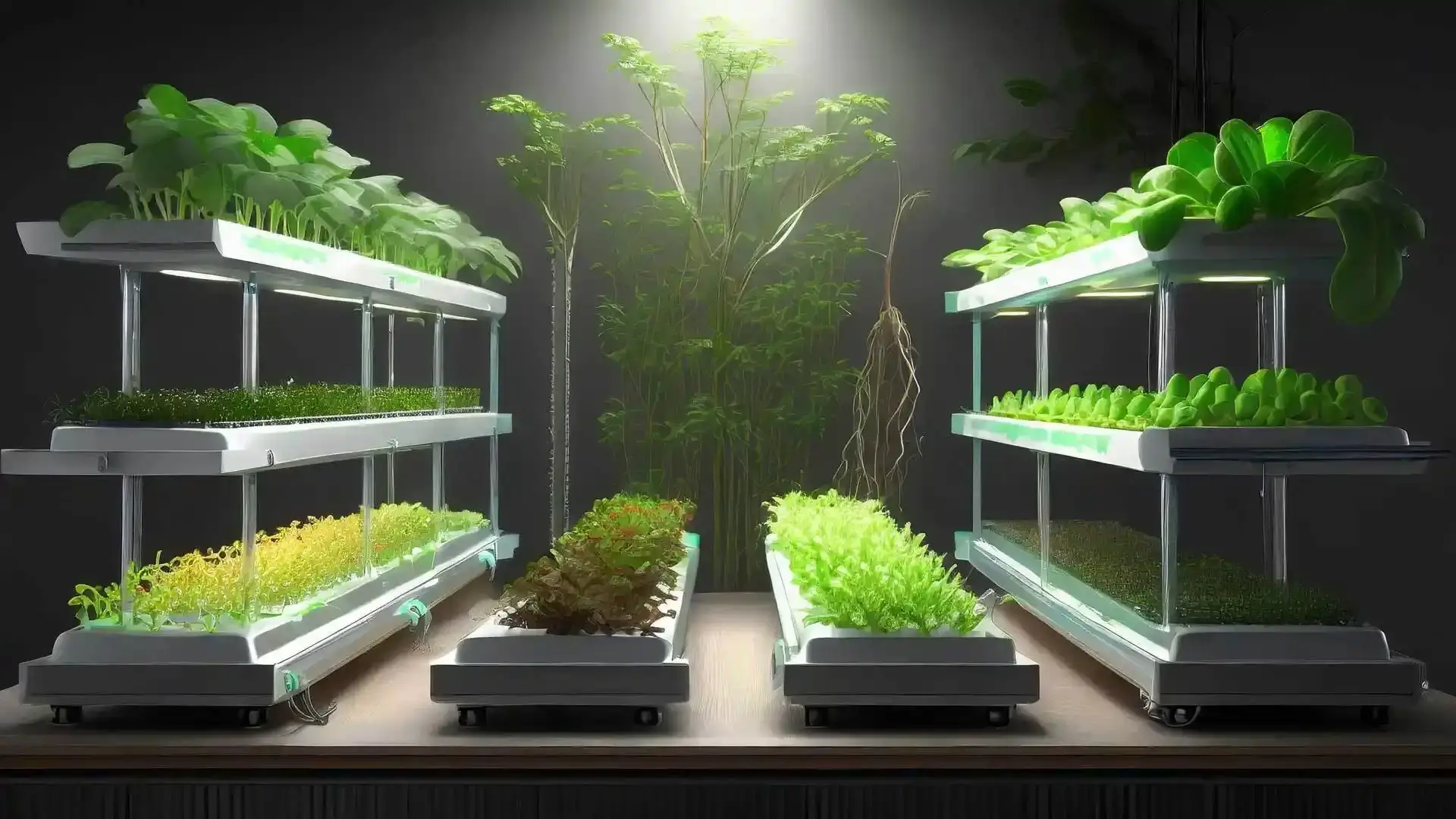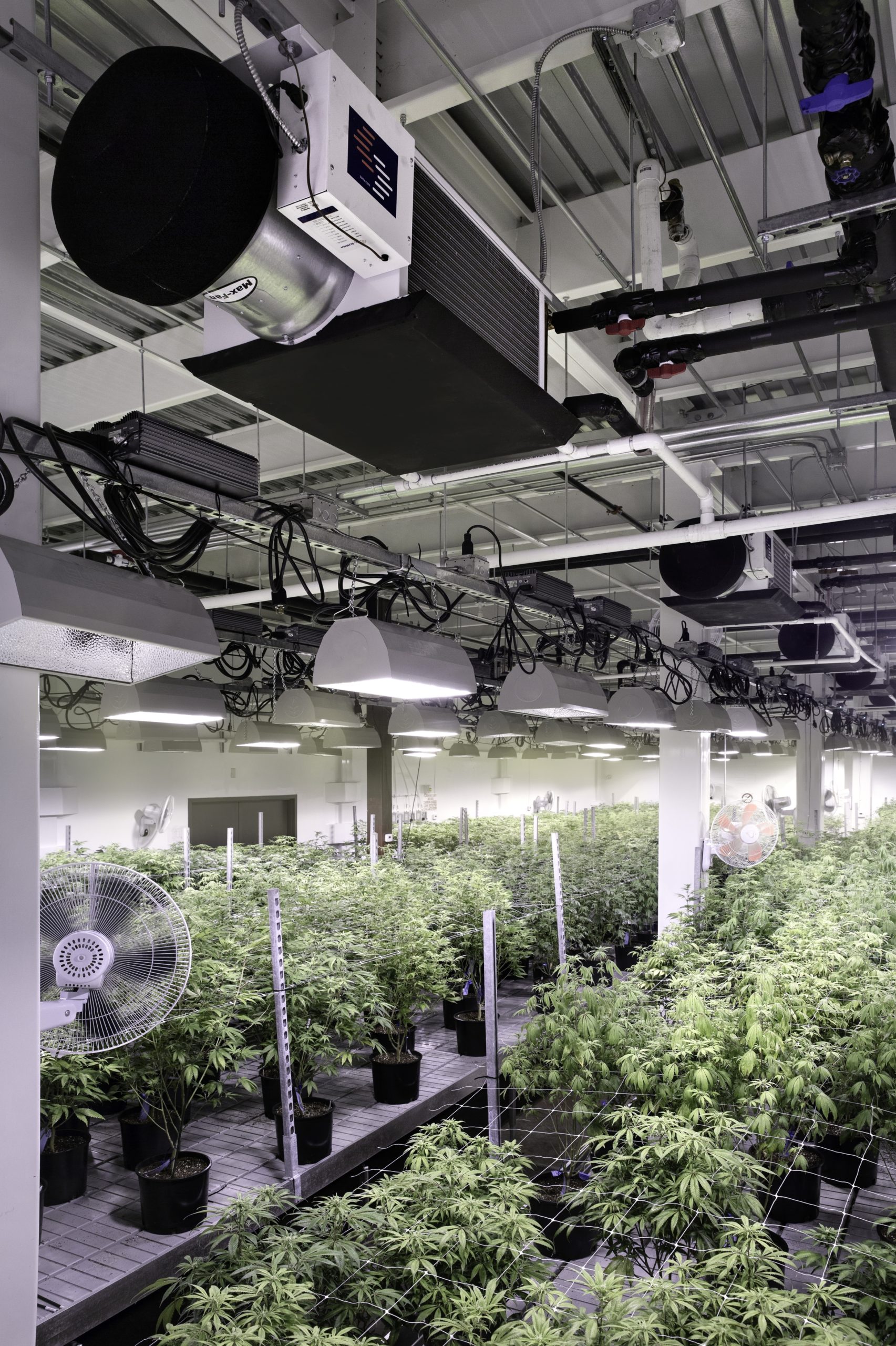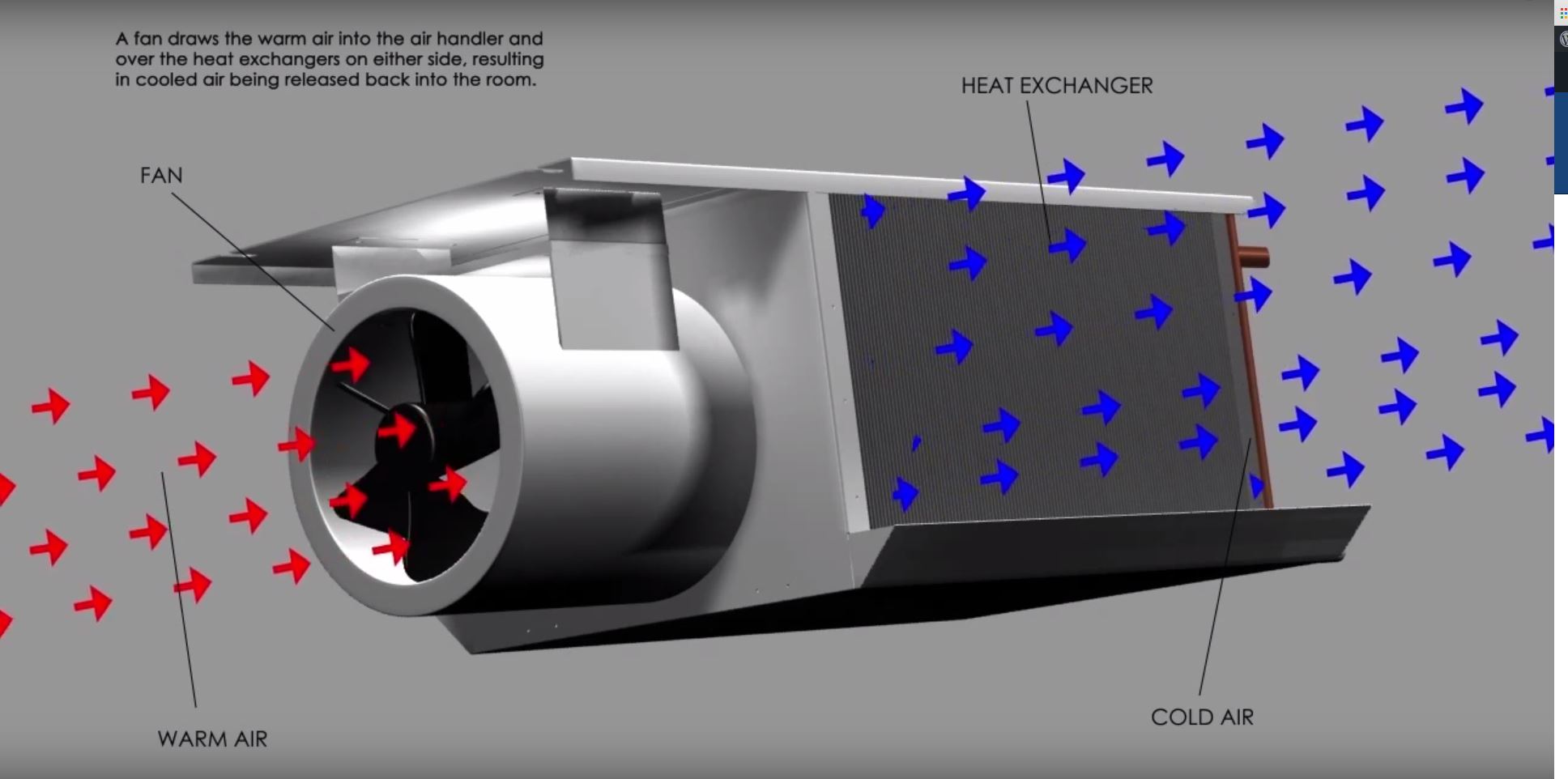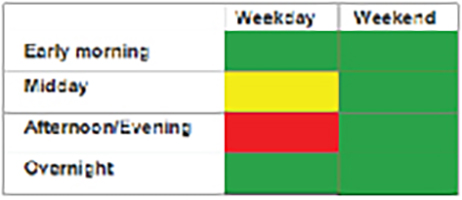
Flip Your Grow
According to urbandictionary.com, if you flip something you make a profit out if it. The same could be said in our industry for the term flip. There are a several good reasons to operate your grow on a “flip.” This basically means to never run all your grow rooms on the same schedule. Why is this important? To understand this, we must understand peak energy times.
